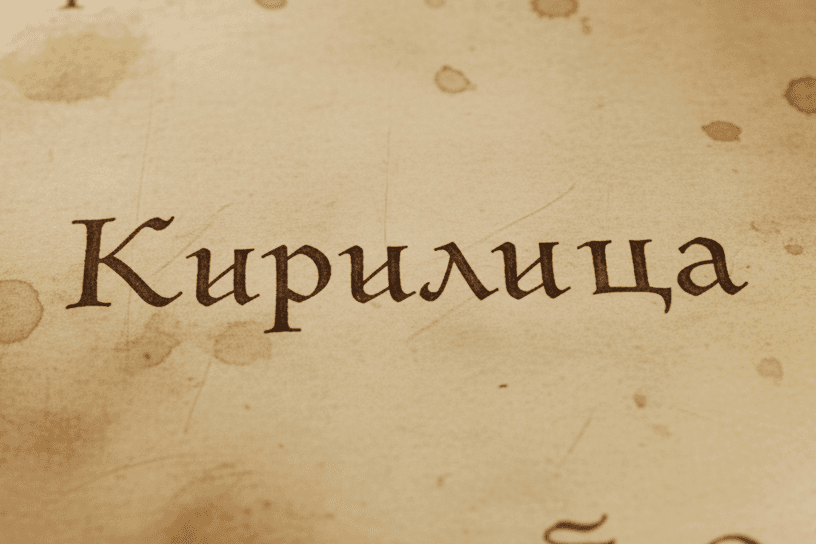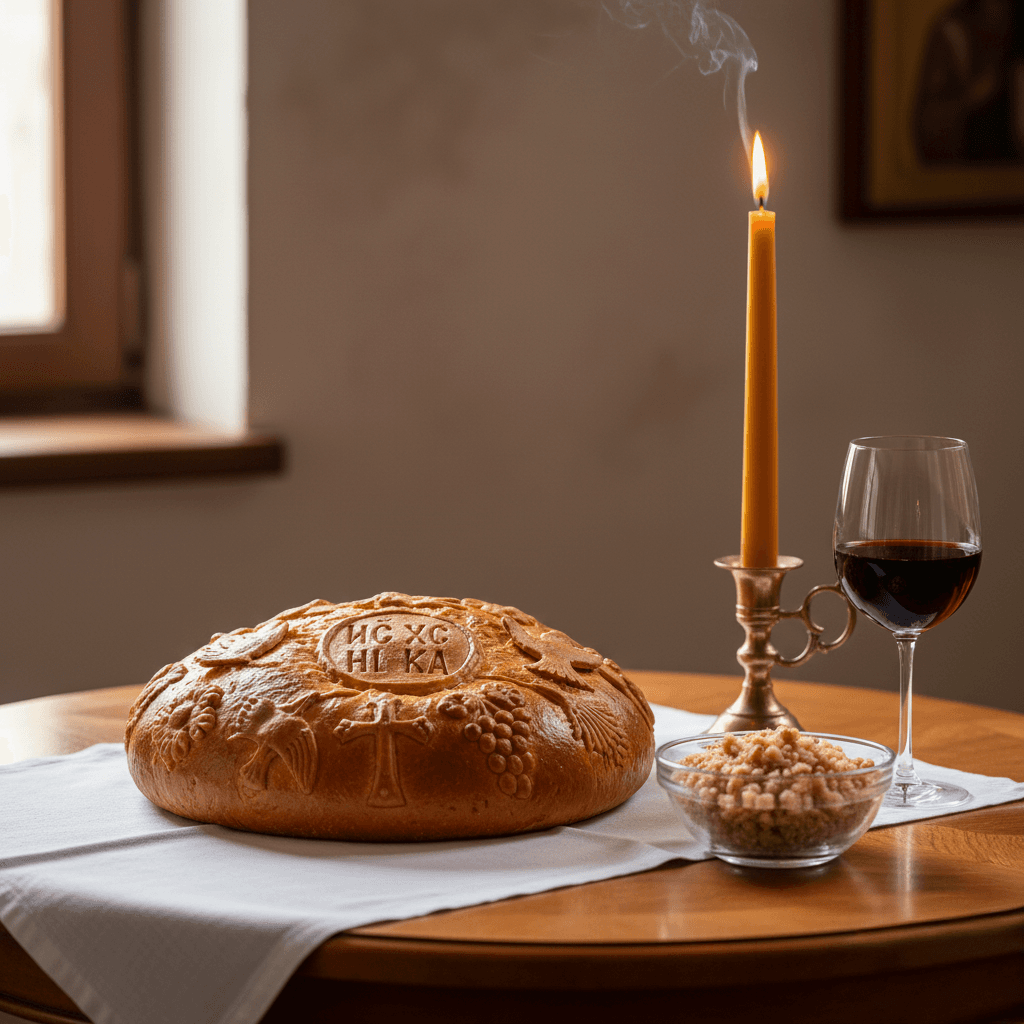Curated Dispatches
Culture keeps the language alive.
Essays, slang guides, and sonic postcards from across the Slavic world. Every post is a field note you can revisit when you need a spark.

Filip Vasić
cultureBulgariahistorylanguage
The Birthplace of an Alphabet: How Bulgaria Gave Cyrillic to the Slavic World
How Bulgaria transformed refugee scholars and imperial pressure into Cyrillic, the alphabet that still anchors the Orthodox Slavic world.

Filip Vasić
cultureSerbiatraditionfaith
The Serbian Slava: A Celebration of Family, Faith, and Heritage
A deep dive into the Serbian Slava, a unique Orthodox tradition of celebrating a family's patron saint, recognized by UNESCO for its cultural significance.